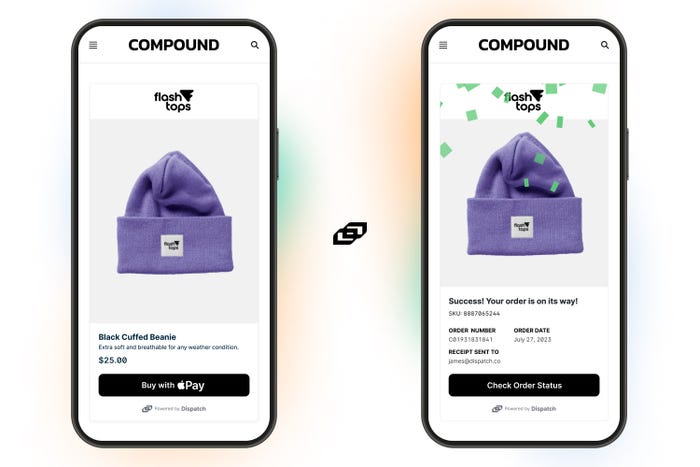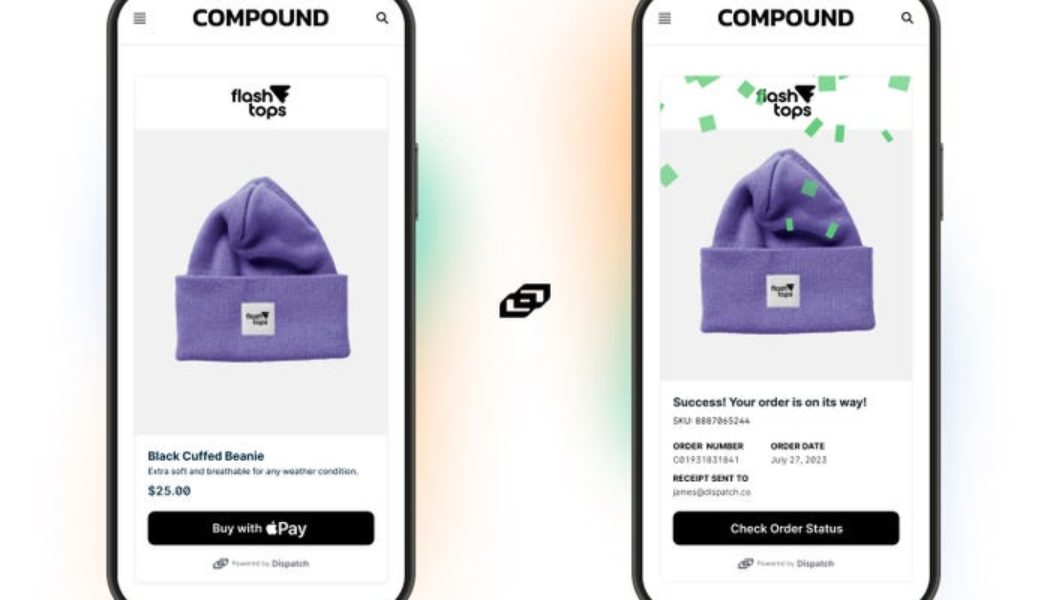


The crypto crash that began in 2022 decimated more than just the real-world wallets of investors.
The crisis sapped the forward momentum of the emerging Web3 marketing landscape, where business leaders were eager to figure out how Bored Ape NFTs could translate to new channels to reach consumers.
Use cases for Web3 are still evolving but it all centers around the same principles that spawned crypto — decentralized applications underpinned by blockchain technology. It allows people to own their data and digital assets, and so opens up possibilities for distributing purchase options in new and surprising places across the internet.
Byron Sorrells, CEO and cofounder of Dispatch, which provides friction-free purchasing in places like game experiences, says the reset was not necessarily a bad thing.
“We are now seeing the distinction between speculation, financial engineering, FOMO, ‘let’s drop some pictures of rabbits and see if the price goes up’, and the real utility behind the technology,” said Sorrells.
“It’s a shame it took these big events for that to happen, but you do start to see that what’s survived are some genuine use cases,” Sorrells said. “Web3 is not just some big wholesale replacement for what we used to do. It’s just new technology that can augment the things we’ve always done.”
Even as the potential applications seem tantalizingly possibly, CMOs can be overwhelmed by the array of technology available to them. “We’re oversaturated with technology solutions,” says Marija Zivanovic-Smith, chief marketing officer at IEX Group, parent company of Dispatch.
New tech for tech’s sake is out of fashion; Web3 providers need to speak to the business problems that CMOs and their brands are facing.
“The curiosity that we have is not driven by Web3 or blockchain or the tech itself,” Zivanovic-Smith said. “It’s solving for increasing digital loyalty, solving for the problems that we’re facing with losing 30% accuracy on targeting algorithms when Apple did away with cookies.”
Web3 adoption is growing again, says Matt Moorut, director, analyst at Gartner, but not at the same pace as 12 to 18 months ago when metaverse hype was at its peak.
Recovery has been complicated by ongoing crypto volatility, as well as the onset of inflation, which has caused marketers to avoid investing in risky, untested channels.
“It’s not to say Web3 is dead,” Moorut said. Marketers are still interested, “but rather than rushing forwards with it, they’re being more sensible and trying to unpick those use cases where Web3 technologies are still valuable for the organization.”
Moorut says that activewear and some luxury brands are among the most advanced with Web3. “Nike and Adidas in particular were two of the earliest ones to build blockchain technologies into loyalty programs and build communities around that,” he said.
It’s not just about transactional NFT sales, but rather how Web3 forms part of their customer experience strategy.
Nike rolled out its .Swoosh community in November 2022, with options for members to participate in activations online and in the real world, engage with Nike athletes and creatives, and use virtual Nike gear in games.
In April 2023, Nike launched its first virtual collection, called Our Force 1, which was co-created by its community.
Big brand moments like this aside, consumer engagement with Web3 activations is still on the low side, and it skews towards the young, affluent, male demographic.
“The number of consumers out there that have used an NFT or have a crypto wallet is really low if you look at the total population,” Moorut says. “Until there’s a big sea change in the consumer adoption, it’s going to be kind of an edge case for a marketer, versus the core of most retailers’ business.”
Dispatch, which works with brands like Lacoste, Ledger, and Marie Laffont, offers a frictionless way for shoppers to buy from brands wherever they are on the internet, whether in a game like Roblox, on social media, or on a marketing platform.
Rather than clicking on an ad that then navigates the user away from the original site, the transaction takes place through the asset.
But the purchase is just the beginning of the relationship possibilities, Dispatch CEO Sorrells says, and marketing leaders are starting to get it.
“There’s so much curiosity,” Sorrells says. “We’re talking to innovation departments and CMOs who say they’ve heard a lot about this, know it can do cool stuff. You can help me sell more stuff, and there’s an added bonus around loyalty aspects that they couldn’t unlock before. And so when you put them together, one plus one equals three.”